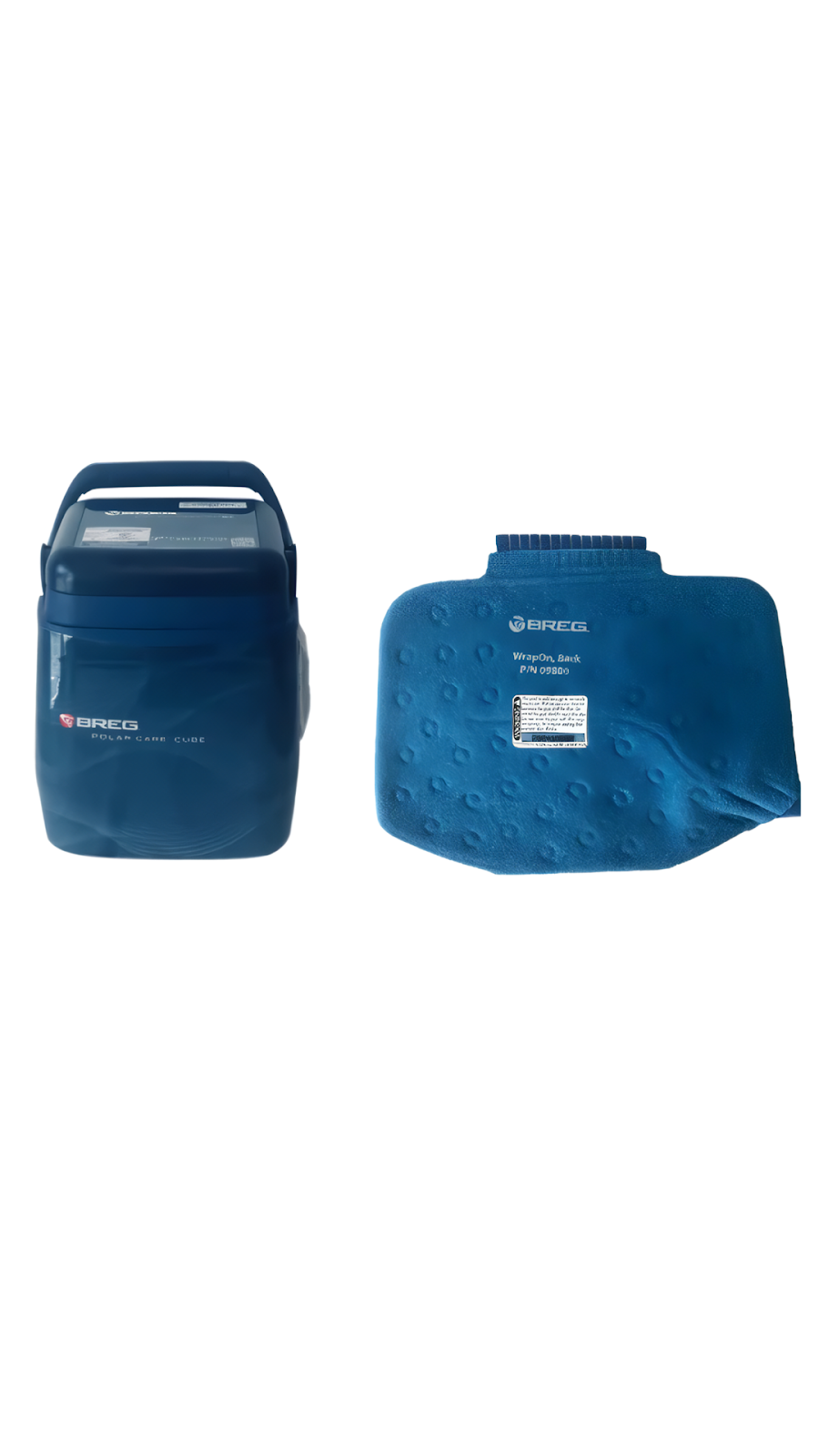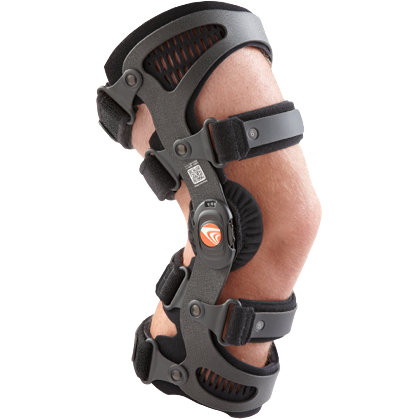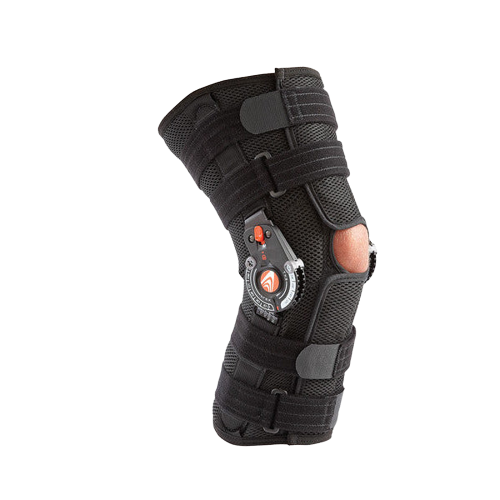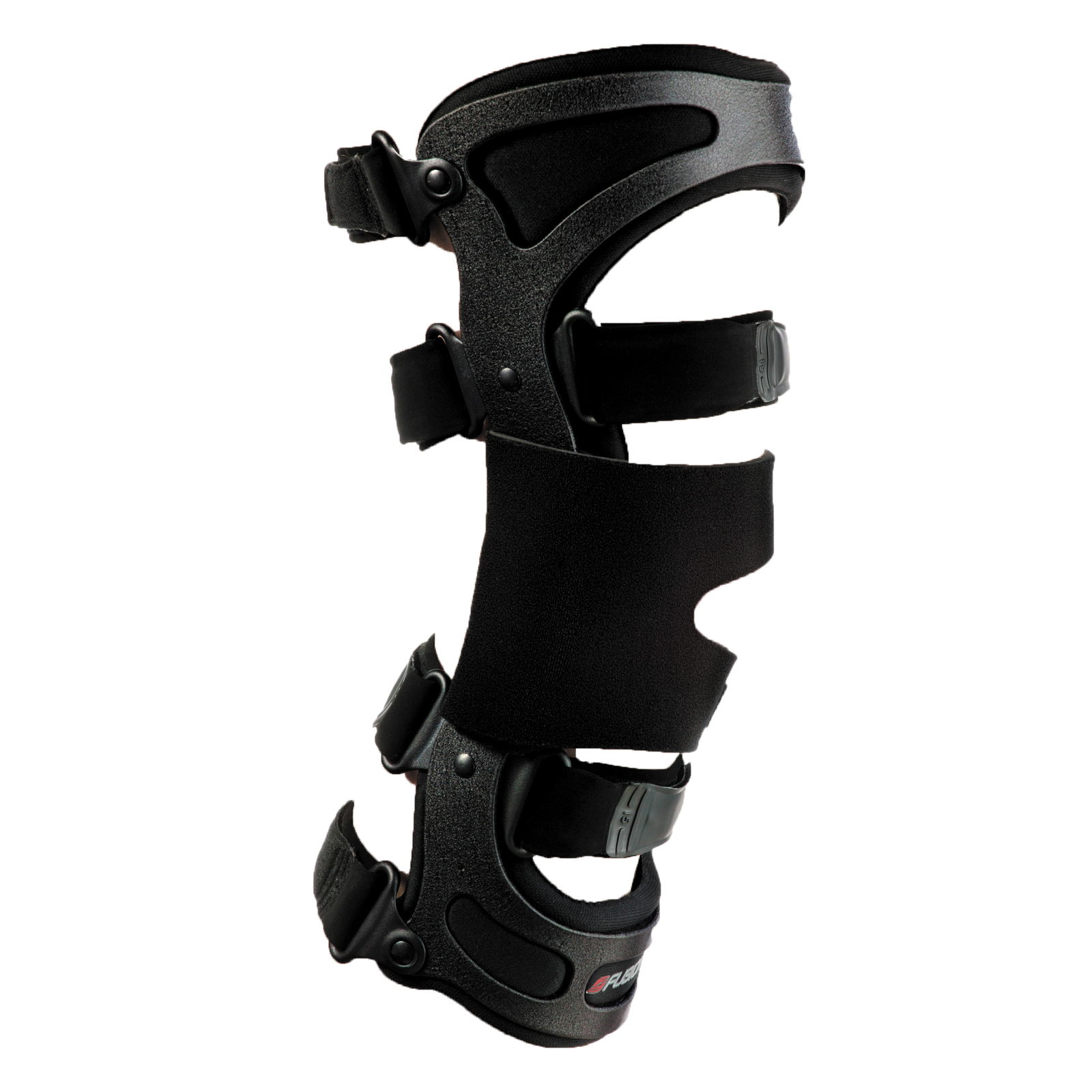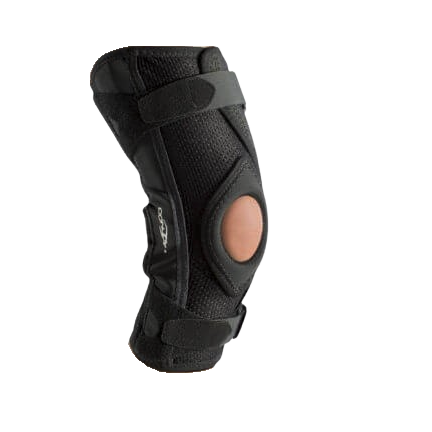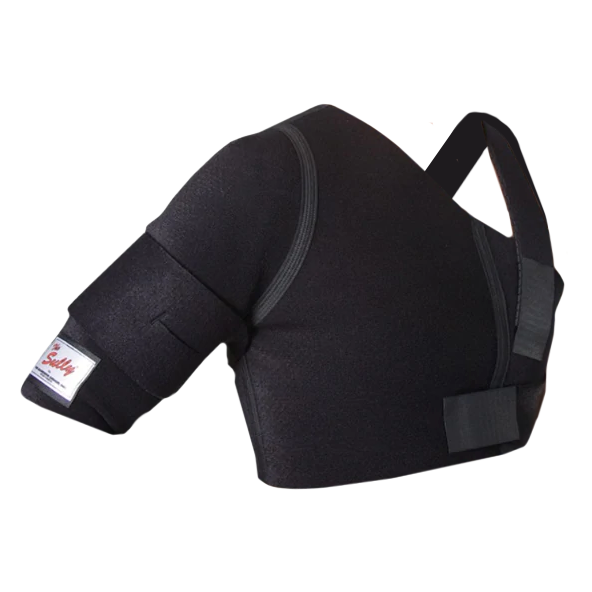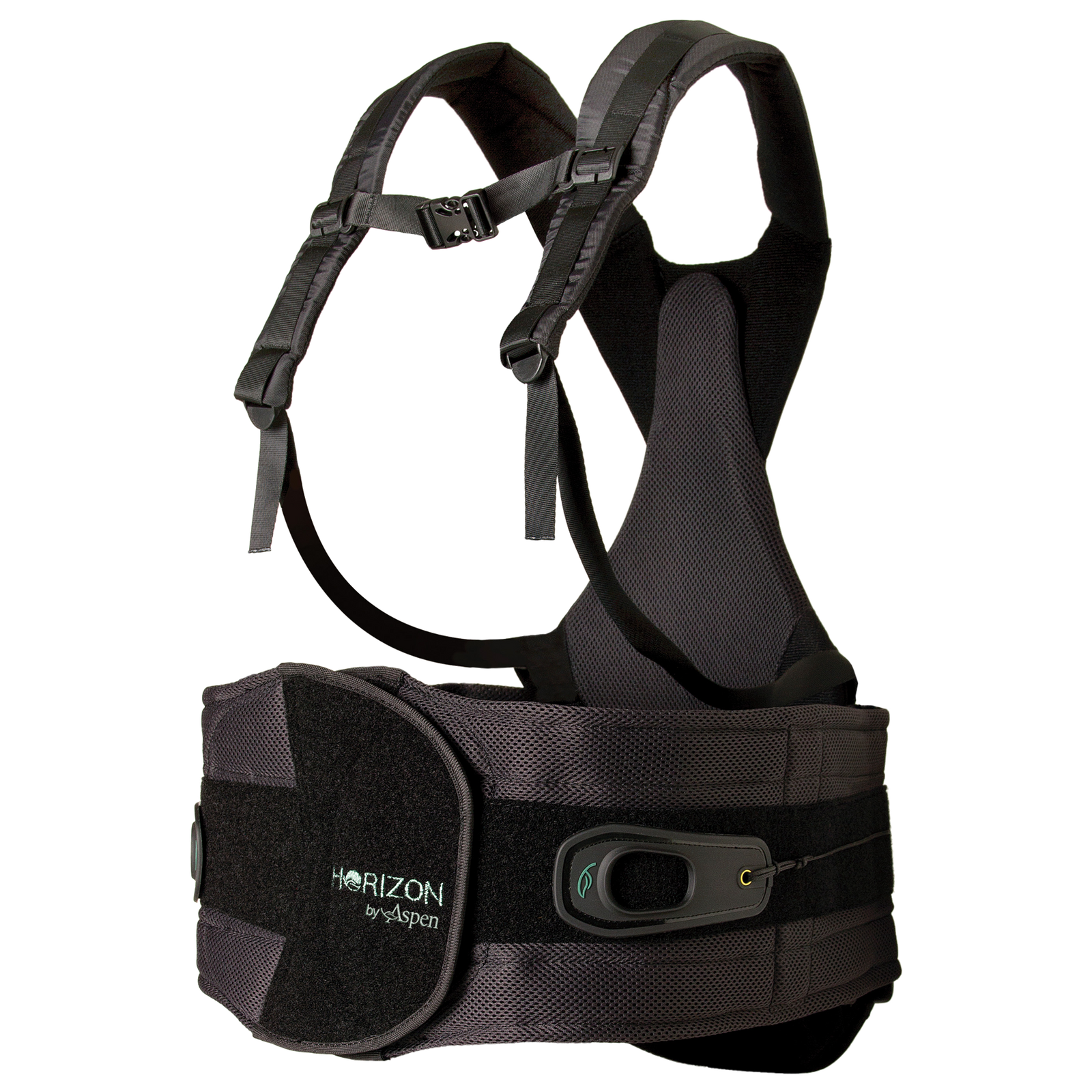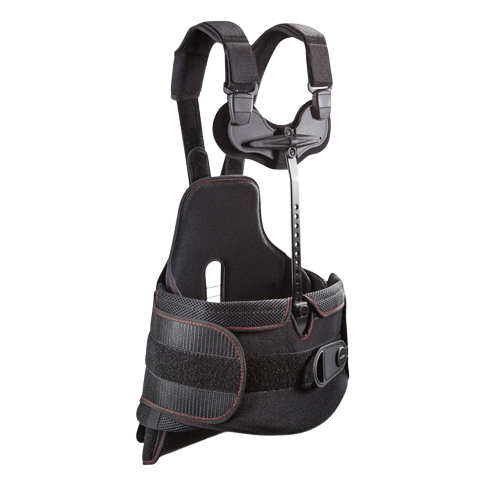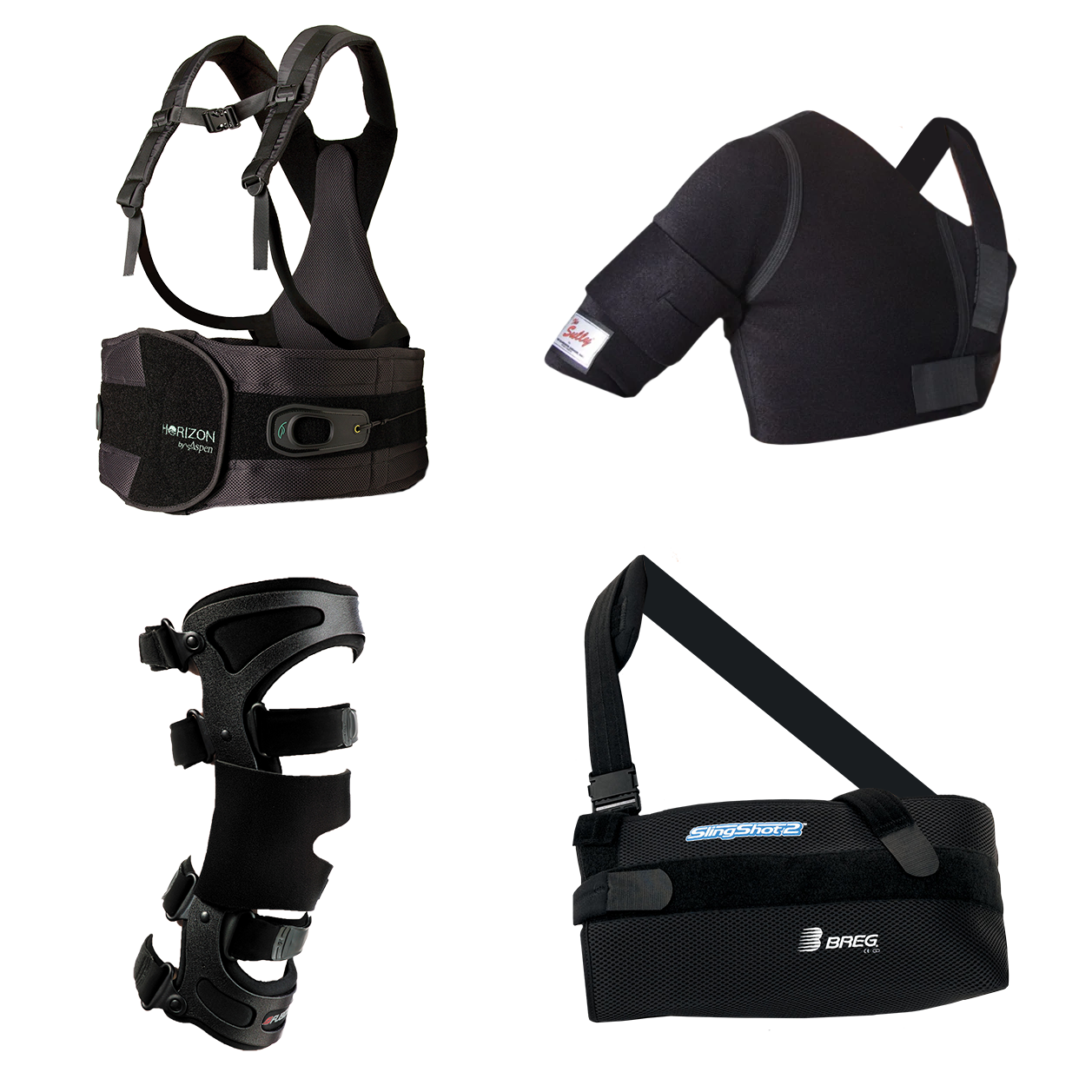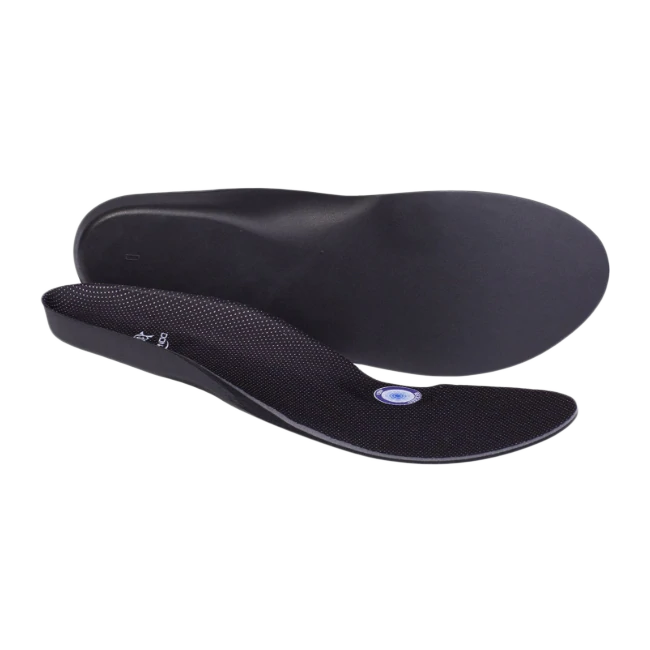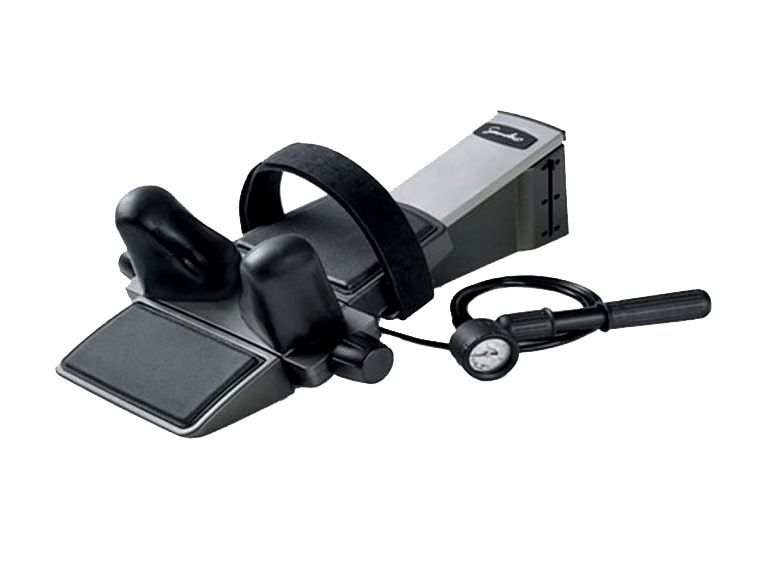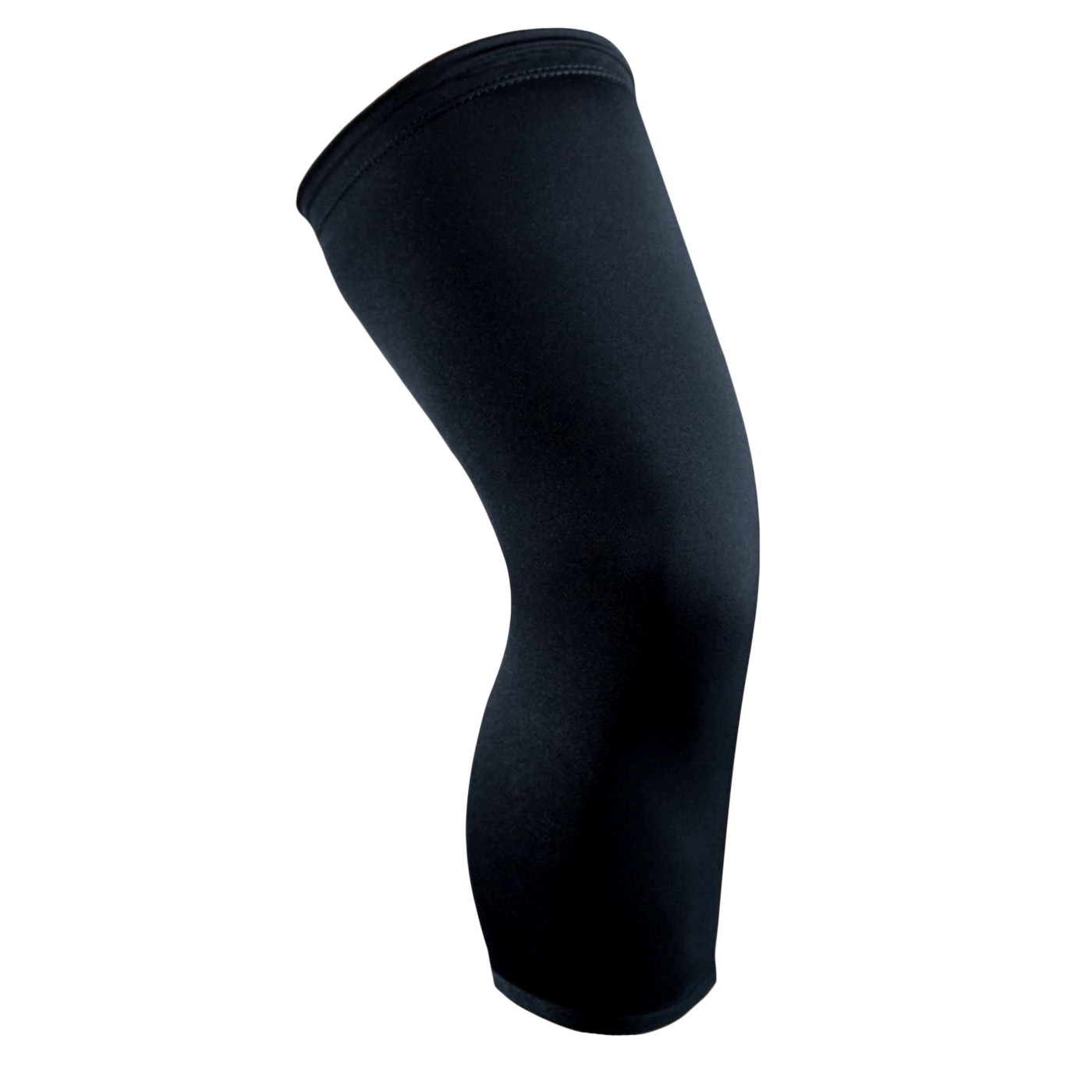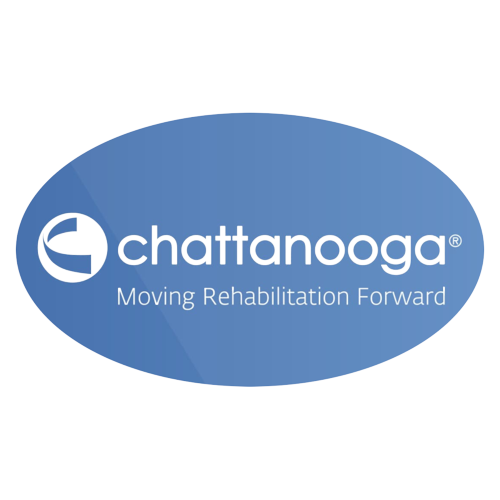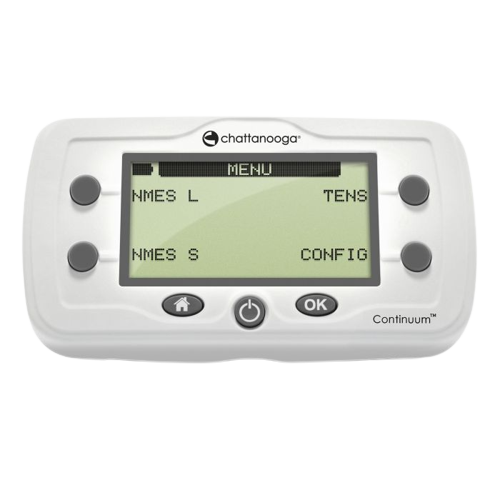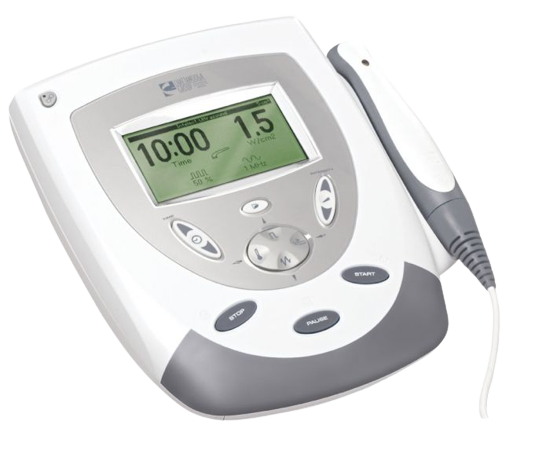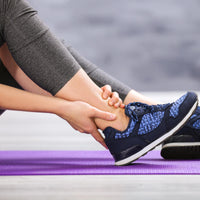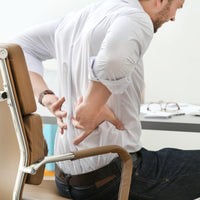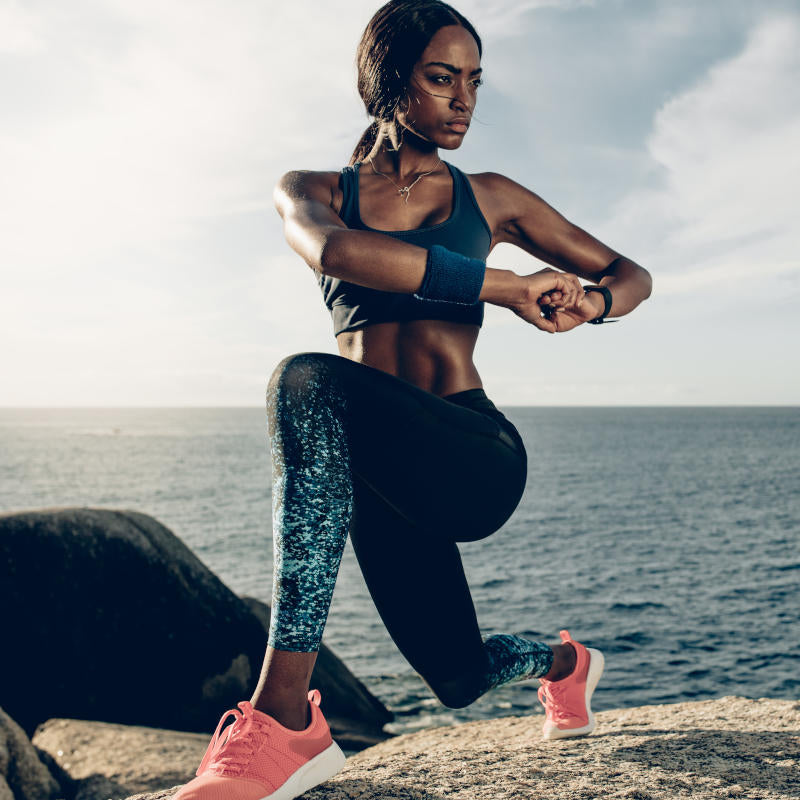
If you’ve had a knee injury, you know how difficult it can be to manage the pain, slowly get back to your best, and learn to trust your body again. A knee brace can be a great ally in your recovery and post-recovery, by supporting and stabilizing your knee.
That said, a knee brace can only be effective if you learn how to wear it properly. As well as learning how long to wear a knee brace, you also need to learn how to tighten it. Which raises the question: How tight should a knee brace be?
A brace that’s too tight can cut off circulation and cause discomfort, while one that’s too loose can slide down, requiring constant adjustments. So, should a knee brace be tight, or is looser better? Join us as we walk you through the ins and outs of getting that perfect knee brace fit.
The Role of a Knee Brace
First of all, what does a knee brace help with, and do you need one? Let’s take a look at when to wear a knee brace, and why a quality knee brace can be such a valuable investment in your health and well-being.
Support and Stability
One of the fundamental functions of a knee brace is to provide support and stability to the knee joint. This is particularly crucial for individuals with weakened or damaged ligaments, such as those recovering from an anterior cruciate ligament (ACL) injury.
By stabilizing the knee, the best hinged knee brace helps prevent further damage, reduces pain, and allows for more confident movement. It also aids in maintaining proper alignment of the knee, which can be essential for those with conditions like arthritis or meniscus tears.
Injury Prevention and Recovery
Knee braces are not only beneficial for those already dealing with knee issues but also play a significant role in injury prevention. Athletes, for instance, often use knee braces to protect against potential injuries during high-impact sports.
The added support helps reduce the risk of strains and sprains by keeping the knee stable during rapid movements and heavy loads. If you’re recovering from surgery or an injury, knee braces can facilitate a safer and quicker recovery by limiting harmful movements and promoting healing.
Different Types of Knee Braces
There are several types of knee braces, each designed to address specific needs and conditions:
- Prophylactic braces: These are commonly used by athletes to prevent knee injuries during contact sports. They are typically worn during activities to provide extra support and reduce the risk of ligament damage.
- Functional braces: Designed for people who have already sustained a knee injury, functional braces provide stability to the injured ligaments. They are often used during the rehab process to allow safe movement while the knee heals.
- Rehabilitative braces: These braces are used post-surgery or after a severe injury to limit harmful knee movements. They are adjustable and allow controlled movement to prevent further injury while aiding in the healing process.
- Unloader/offloader braces: Specifically designed for people with arthritis, these braces help reduce pain and improve function by redistributing weight away from the affected part of the knee.
Each type of knee brace serves a unique purpose, and selecting the right one depends on your specific needs and medical condition. If you’re not sure where to start, ask your doctor, physical therapist, or orthopedic surgeon, or reach out to our expert team here at Ortho Bracing.
Should a Knee Brace Be Tight?
So, should a knee brace be tight? A knee brace that is too tight can cause discomfort and potentially harm, while one that is too loose may not provide the necessary support. How do you get that “Goldilocks fit” between support and comfort?
Ideally, your knee brace should be snug without being overly tight. Yes, it should be somewhat tight, but it shouldn’t be causing you discomfort or cutting off your circulation. But just how tight should a knee brace be? We’ll discuss that next.
How Tight Should a Knee Brace Be?
How tight should a knee brace be to ensure that it’s doing its job without causing you pain? It’s all about finding that sweet spot for knee brace tightness - let’s take a look.
Finding the Sweet Spot for Tightness
Achieving the right tightness in a knee brace involves finding a balance between support and comfort. The brace should be snug enough to provide adequate compression and stability to the knee joint but not so tight that it restricts blood flow or causes discomfort.
The brace should offer gentle compression to support the knee without causing numbness or tingling. You should feel a firm, consistent pressure around your knee. Make sure you can move your knee freely. The brace should not hinder your ability to walk, bend, or perform daily activities.
Signs Your Knee Brace is Too Loose
If your knee brace is too loose, it simply won’t work. In fact, it might even increase your risk of injury or slow down your recovery. But how do you know if your knee brace is too loose? Here are some tips.
Slippage During Movement
One of the easiest ways to tell that your knee brace is too loose is if it slips and slides as you move. If the brace shifts or slides down your leg when you walk or engage in physical activities, it is not providing the necessary support.
This can lead to instability and may cause you to rely on compensatory movements that can further strain your knee or other parts of your body. So, if you find yourself constantly wondering how to keep a knee brace from sliding down, your brace is probably too loose.
Lack of Support or Stability
Another indication that your knee brace is too loose is a noticeable lack of support or stability. If you feel your knee wobbling or experiencing discomfort despite wearing the brace, it is not performing its intended function.
If your knee feels unstable or wobbly, the brace is not tight enough to secure the joint. Persistent pain or discomfort in the knee, even with the brace on, also suggests that it is not providing enough support.
How Do I Know if My Knee Brace is Too Tight?
Wearing a knee brace that’s too tight is just as bad as wearing one that’s too loose. It can impede your circulation, which prevents your body from distributing vital nutrients to your knee to aid healing and recovery. Here’s how to know if your knee brace is fitting too tightly.
Restricted Circulation
One of the most significant signs that your knee brace is too tight is restricted circulation. Proper blood flow is essential for healing and overall limb health. When a brace is excessively tight, it can impede blood flow to and from the knee and lower leg.
If your knee brace is affecting your circulation, you may feel a sensation of numbness or tingling in the knee, lower leg, or foot. This is often due to pressure on nerves and blood vessels. Your knee might also feel unusually cold to the touch, which can be a sign of reduced blood flow.
If the area below or around your knee brace begins to swell, it can be a sign that circulation is being compromised. Swelling indicates that blood and fluids are not circulating properly.
Pain or Discomfort
While a well-fitted brace should provide support and stability, it should not cause pain or significant discomfort. f you experience continuous pain while wearing the brace, it may be applying too much pressure. This pain can occur in the knee itself or the surrounding areas.
Redness, chafing, or bruising on the skin under the brace suggests it is too tight. And, a brace that restricts your ability to move comfortably is likely too tight. You should be able to bend your knee and walk without significant restriction or pain.
How to Get the Perfect Knee Brace Size
So, you need to find a knee brace that’s not too tight or not too loose. How do you get the perfect fit? Here are some tips on how to choose a knee brace that fits you snugly, providing the support and stability your knee needs for safe, effective healing.
Measuring Your Knee
The first step in finding the perfect knee brace size is to measure your knee accurately. Proper measurements ensure you select a brace that fits well and provides the support you need. Here's how to measure your knee:
- Circumference above the knee: Measure around your thigh, approximately 6 inches above the center of your kneecap. Ensure the tape measure is snug but not too tight
- Circumference below the knee: Measure around your calf, approximately 6 inches below the center of your kneecap
- Knee circumference: Measure the circumference directly around your kneecap while keeping your leg straight
Write down these measurements and compare them to the sizing charts provided by the knee brace manufacturer.
Consulting Sizing Charts
Size charts are crucial for selecting the right knee brace. Each brand has a different knee brace size chart, so make sure you use the specific chart for the brand you are purchasing. Some braces may have unique fitting guidelines, so always read any additional instructions or notes from the manufacturer.
Match your knee, thigh, and calf measurements to the corresponding sizes on the chart. If your measurements fall between two sizes, think about whether you’d prefer it on the snug side or a bit looser (it also depends on your choice of what to wear under knee brace).
If you’re still not sure, reach out to your doctor or physical therapist. If you’re shopping online at Ortho Bracing, our team can help you navigate sizing to find the right knee brace for you. We’re here to answer all your questions!
Try Knee Braces in Person
If you’re shopping at a physical store, you can try knee braces on in person to find the best fit. This comes with the added advantage of being able to learn how to put on a Donjoy knee brace or how to put on a Breg knee brace properly.
Shopping in person also allows you to evaluate knee brace vs knee sleeve options to make sure you’re investing in the right product. While wearing the brace, walk around and perform knee bends to ensure it stays in place and feels comfortable as you’re moving.
Look for Hassle-Free Exchange Policies if Shopping Online
If you’re shopping online, make sure you choose a retailer that makes it easy to return a knee brace that doesn’t fit. Read the fine print on the company’s refund and exchange policy, and make sure you understand the steps required to return your brace for a refund.
While you’re there, you can also read reviews from other customers. Look for customers with similar injuries or surgeries to you, and see what they have to say about their brace. And of course, make sure the online retailer has fast shipping - you don’t want to be waiting months for your brace!
Prioritize Adjustable Features
Knee braces with adjustable features offer more flexibility in achieving the perfect fit and keeping you comfortable, especially if you’re wearing your brace for long stretches at a time. Straps allow you to customize the fit around different parts of your knee, thigh, and calf.
Velcro closures make it easy to adjust the tightness quickly and securely, while materials with some elasticity can accommodate minor fluctuations in swelling and ensure a comfortable fit. These features sometimes increase the knee brace cost, but it’s worth it for a better fit and more comfort!
Discover the Best Selection of Knee Braces Online at Ortho Bracing!
If you’re shopping for a knee brace online, there’s no better place than here at Ortho Bracing! We have a great selection and make it easy for you to compare top brands, including premium Donjoy knee braces and Breg knee braces.
At Ortho Bracing, you’ll find the best prices on top-rated braces like the Donjoy Tru Pull knee brace, the Breg Recover knee brace, and the Breg Fusion knee brace. Because of our deals with these manufacturers, our prices are lower than even what your doctor can offer!
We offer next-day shipping on all our in-stock products, ensuring your brace is safely on your doorstep right when you need it. Plus, our dedicated team of service experts work around the clock to answer your questions and help you find the products you need - it’s just like shopping in person.
Whether you’re looking for the best knee brace for torn meniscus or the best knee compression sleeve, we’ll help you find it. All our products include the manufacturer’s size charts, and we’re more than happy to help you find the right fit. If your brace doesn’t fit, you can exchange it for one that does.
As well as our huge range of knee braces, we have the best selection of orthopedic products to aid in rehab and recovery. If you’re looking for an ice machine for knee, check out our premium cold therapy machines for fast, effective, natural, pain-free healing.
Final Thoughts on How Tight a Knee Brace Should Be
So, how tight should a knee brace be? Your brace should fit snugly, but shouldn’t be so tight that it’s causing you pain or affecting your circulation. If you’re shopping online for a knee brace, make sure you measure your knee and use the manufacturer’s sizing charts.
You can find top-rated knee braces from the world’s most trusted orthopedic brands here at Ortho Bracing. We have a range of options to choose from, and our expert team can help you find the right fit to maximize the brace’s healing potential.
Get back to your best as quickly as possible with a premium knee brace that fits perfectly. Shop Ortho Bracing today!

